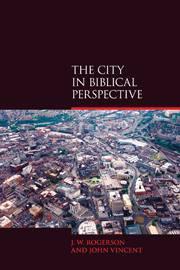Epilogue
Summary
“Making Connections”
The basic idea in this series “Biblical Challenges in the Contemporary World” is that there are important things that we can learn in dealing with our modern issues that we can discern from the Bible. That means that we today, from our own situations and practice, might consider some biblical situations and practices that might help us. So, we seek to “make connections” between our situation and a biblical one.
There are a number of ways in which we can “make connections” between texts and ourselves.
Initially, as already indicated (p. 76), we need to make some realistic “Situation Analysis” of ourselves. Only then can we see some of the interests that we ourselves carry to the text.
A famous modern Old Testament scholar, Norman Gottwald, suggests that we need to follow three “Movements with Texts”, three stages in a “hermeneutical appropriation”.
First, the “Move” from my Situation to the Text.
Second, the “Movement” within the Text (Exegesis Proper).
Third, the “Move” from the Text's “Movement” back to My Situation.
(Gottwald in Vincent, 2006: 15–17; also Davies and Vincent in Vincent, 2006: 17–22)- Type
- Chapter
- Information
- The City in Biblical Perspective , pp. 103 - 108Publisher: Acumen PublishingPrint publication year: 2009



